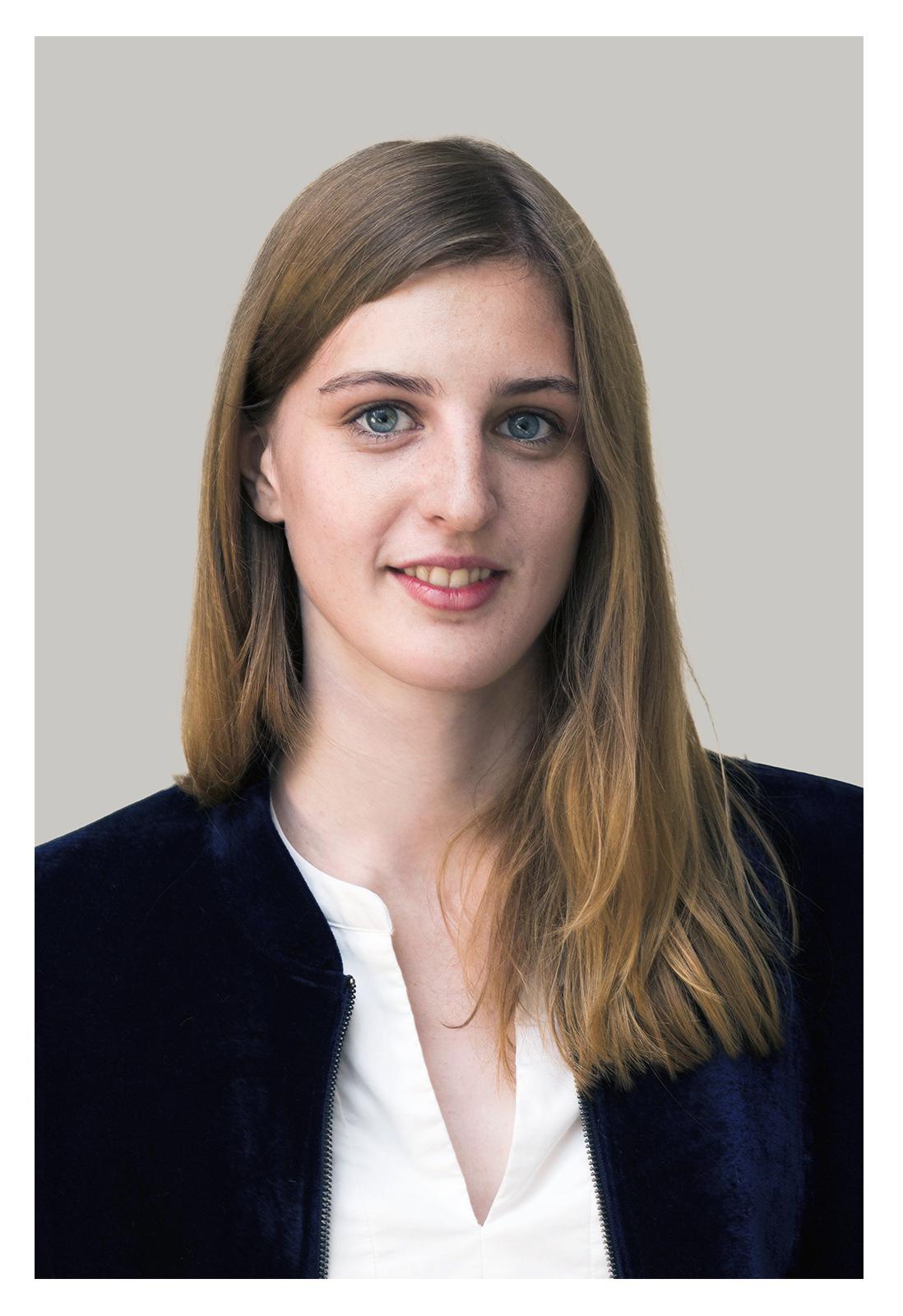The Board of the Swiss Federal Institutes of Technology has announced the appointment of professors at EPFL.

- CC-BY-SA 4.0
Dr Charlotte Bunne, currently Postdoctoral Researcher at Stanford University, USA, as Tenure Track Assistant Professor of Computer Science and Communication Systems and Life Sciences in the School of Computer and Communication Sciences (IC) and the School of Life Sciences (SV).
Charlotte Bunne's research domain combines computer sciences and life sciences top notch techniques. It is based on deep learning approaches inspired by optimal transport theory; these are used to predict as accurately as possible how patients will respond to medical treatment at the cellular level. She is endeavouring to speed up the discovery of new therapies, especially in the neurosciences, and provides personalised treatment plans for patients. Charlotte Bunne's interdisciplinary research has won several awards and is widely cited.
Promotion at EPFL

- CC-BY-SA 4.0
Professor Wenzel Jakob, currently Tenure Track Assistant Professor at EPFL, as Associate Professor of Computer Science and Communication Systems in the School of Computer and Communication Sciences (IC).
Wenzel Jakob works in the field of computer graphics with an emphasis on rendering for the production of photorealistic images. His research has led to impressive technological advances which enable complex physical structures to be modelled with a higher degree of accuracy. In addition he has created the Mitsuba renderer, a free software that is in frequent use not only in academia but also in industry. Wenzel Jakob's research is widely recognised and has won several awards, including an ERC Starting Grant in 2020.






